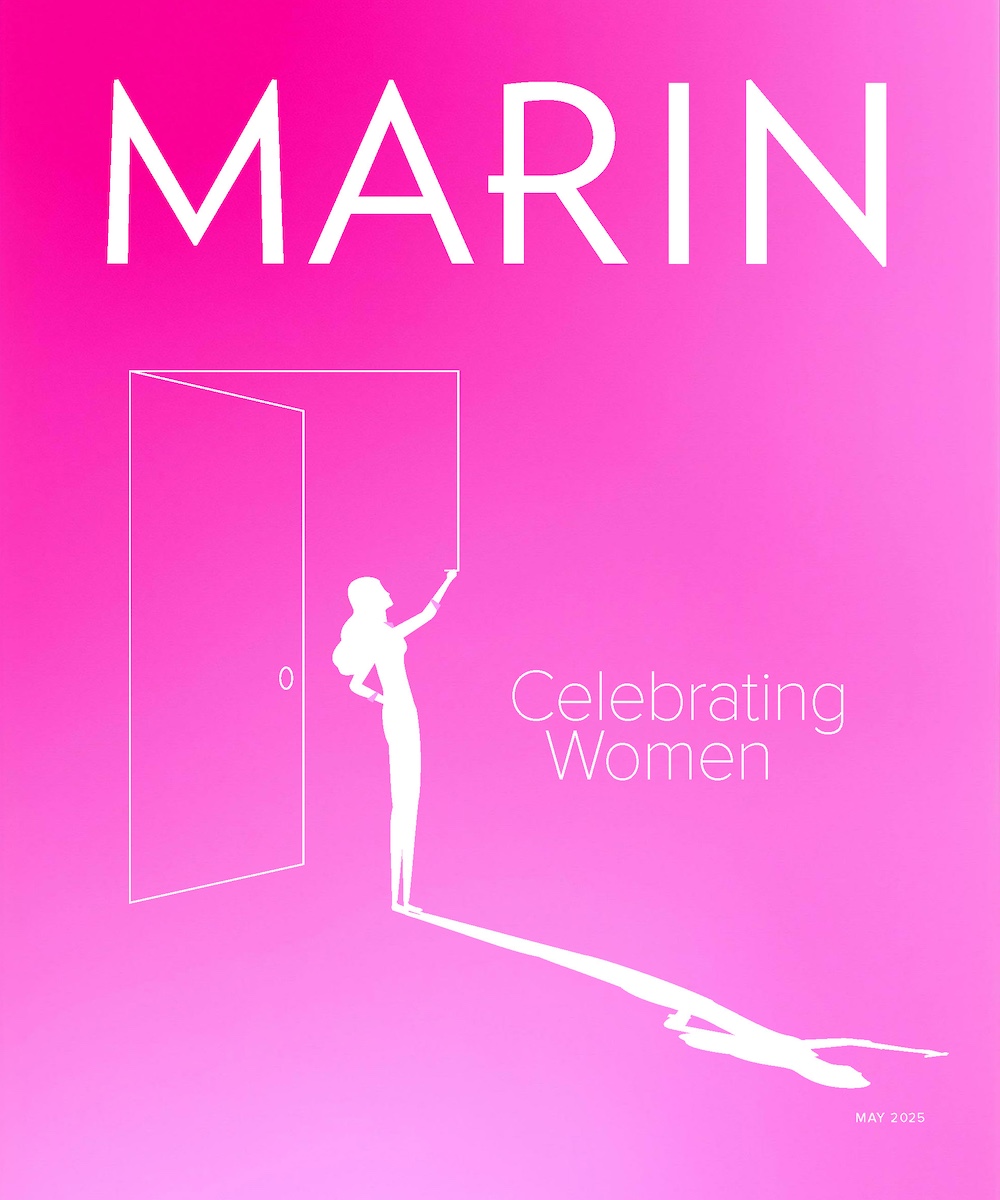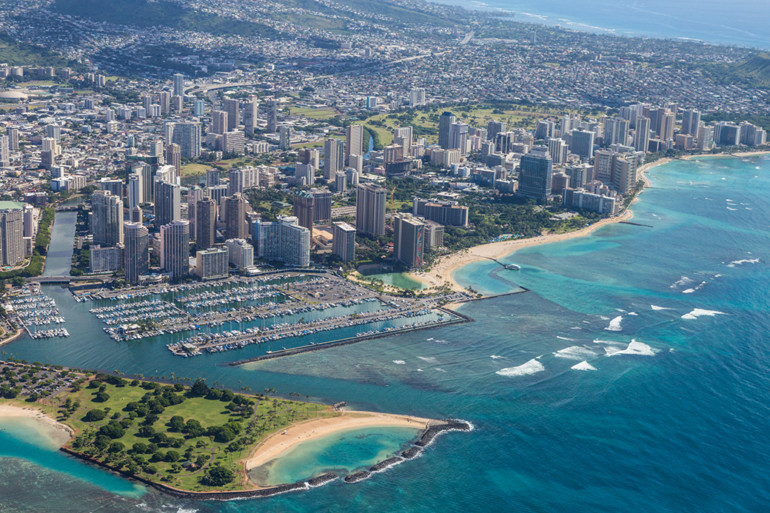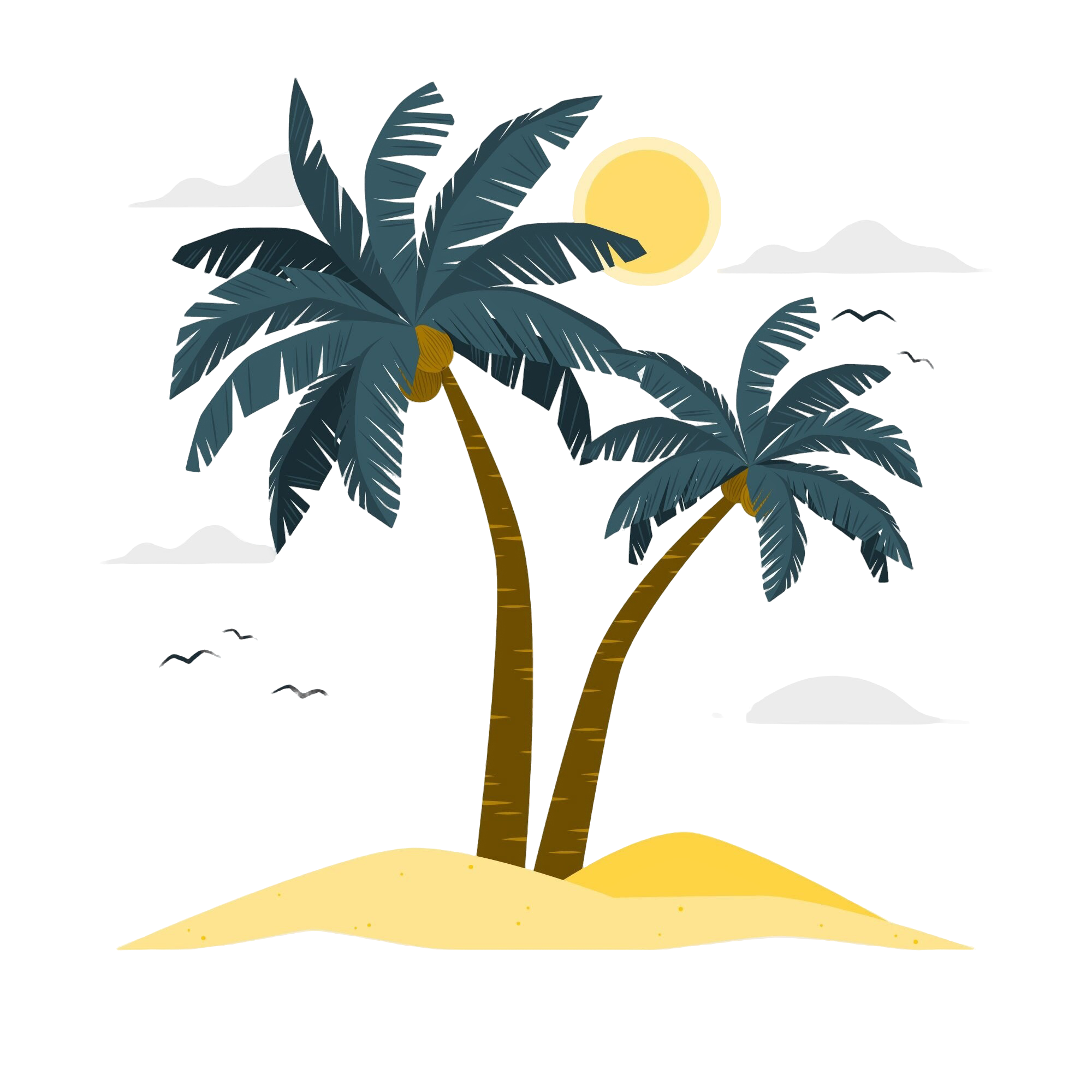Despite the many Hawaiian street names on Oahu—a county requirement for new thoroughfares since 1978—its road map reflects the influence of another archipelago, the British Isles. Knowing the history behind these English names may help explain the continuing presence of the Union Jack in the Hawaii state flag (originally designed by King Kamehameha the Great) or perhaps just inspire you to enjoy afternoon tea and sandwiches in the former Sandwich Islands. Here’s a sampling:
Thomas Square
PLACE
This recently restored park near downtown Honolulu sits at the crossroads of S. Beretania Street and Ward Avenue.
WHO
In 1843, British Rear-Admiral Richard Thomas helped King Kamehameha III restore Hawaii’s sovereignty in the wake of an unauthorized five-month takeover by another British naval officer. He lowered the Union Jack and raised the Hawaiian flag on the site of the square, designated Honolulu’s first official park in 1850.
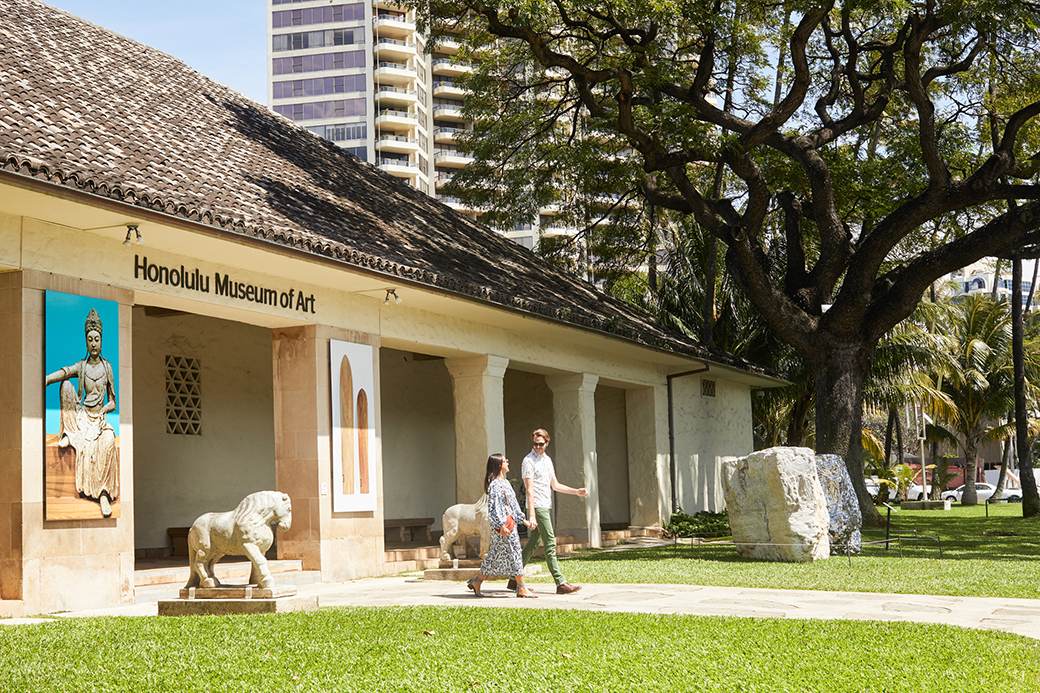
The Honolulu Museum of Art. Photo by Daeja Fallas courtesy of the Hawaii Tourism Authority
WHAT TO DO
Take a free shuttle from Waikiki to the Honolulu Museum of Art, across the street from Thomas Square, and explore its airy galleries. Then check out the square’s coral pathways radiating from its central fountain in the form of the British flag; a Hawaiian flag waves next to the newly installed statue of Kamehameha III. Beretania Street—a Hawaiian version of “Britain”—also leads to the Hawaii State Art Museum and the Cathedral of St. Andrew. The latter is itself a work of art as well as a tribute to the Anglican faith of King Kamehameha IV and Queen Emma, whose friend Queen Victoria also supported Hawaii’s independence.
Potlock Road
PLACE
A mile-long detour off Kalanianaole Highway, this street shares its name with its oceanfront neighborhood on the western slope of Koko Head.
WHO
American seaman Nathaniel Portlock, who accompanied England’s ill-fated Captain James Cook on his final voyage to Hawaii, later gained command of another British expedition in the North Pacific. Portlock ordered his two ships, the King George and Queen Charlotte, to anchor close to here in 1786 before sending his crew to search for water in nearby Kuliouou Valley, and after an Alaskan foray, returned in the fall for provisions.
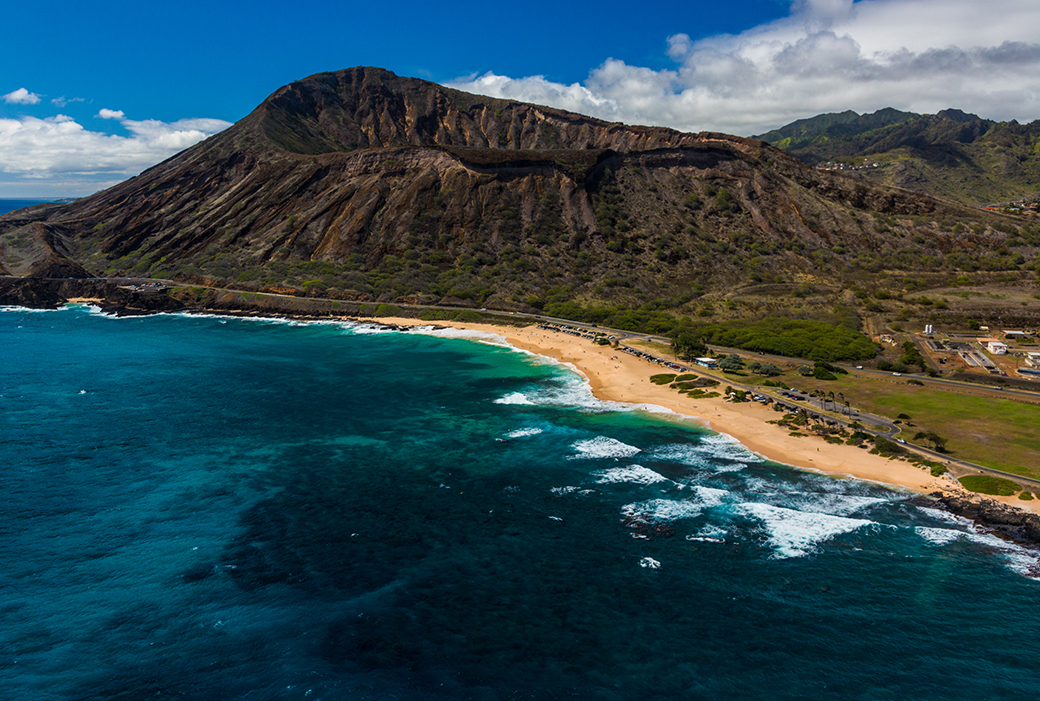
Koko Head. Photo by Tor Johnson courtesy of the Hawaii Tourism Authority
WHAT TO DO
After ogling the mansions along Portlock Road, home to tycoon Henry J. Kaiser’s former estate, head to Koko Kai Mini Beach Park, better known to locals as China Walls. There’s no beach, but terraced sea cliffs and ocean spray offer a beautiful backdrop at sunset. Also nearby: the snorkeling-tourist magnet of Hanauma Bay, the challenging Koko Crater Trail (essentially a stairway of 1,000-plus steps) and the leafier Kuliouou Valley and Ridge trails. Reward any aerobic activity at Kona Brewing Company in Kaiser’s adjacent Koko Marina development.
Young Street Running
PLACE
Running parallel to S. Beretania Street for 1.5 miles, this busy street extends east from Thomas Square to the ball fields of Moiliili Neighborhood Park.
WHO
British boatswain John Young had a quite midlife career change in 1790, after King Kamehameha the Great detained him on shore at Kealakekua Bay and his ship sailed on without him. Young’s skill with modern warfare, i.e. cannons and muskets, made him invaluable to the king in his conquest of Oahu, and his ability to serve as an interpreter made him a diplomatic asset as well. Young later served as governor of Hawaii Island and married into Kamehameha’s family; his granddaughter became Queen Emma.
WHAT TO DO
A short block off Young Street near its McCully intersection lie two of Honolulu’s most revered fine-dining restaurants, Alan Wong’s and Chef Mavro. Their respective chefs, Alan Wong and George Mavrothalassitis, helped found the Hawaiian Regional Cuisine movement in 1991. Long before former President Obama developed a taste and budget for Alan Wong’s, the Honolulu native frequented the original branch of Zippy’s, just up the street; it’s equally revered for chili and other fast-food favorites.

Travel and features writer Jeanne Cooper fell in love with Marin and the Bay Area as a graduate student at Stanford University. After 20 years as an editor and writer for the Washington Post, Boston Globe and San Francisco Chronicle, she began a freelance career that has taken her from the Austral Islands to Zimbabwe, with many visits to Hawaii in between. Her stories have appeared in numerous national and regional magazines, including Hemispheres, Sunset, San Francisco and Nob Hill Gazette, as well as Marin and Local Getaways. The author of several Frommer’s guidebooks, she now lives on the Big Island, where she’s active in animal rescue. She still enjoys exploring Northern California with her husband and friends.
